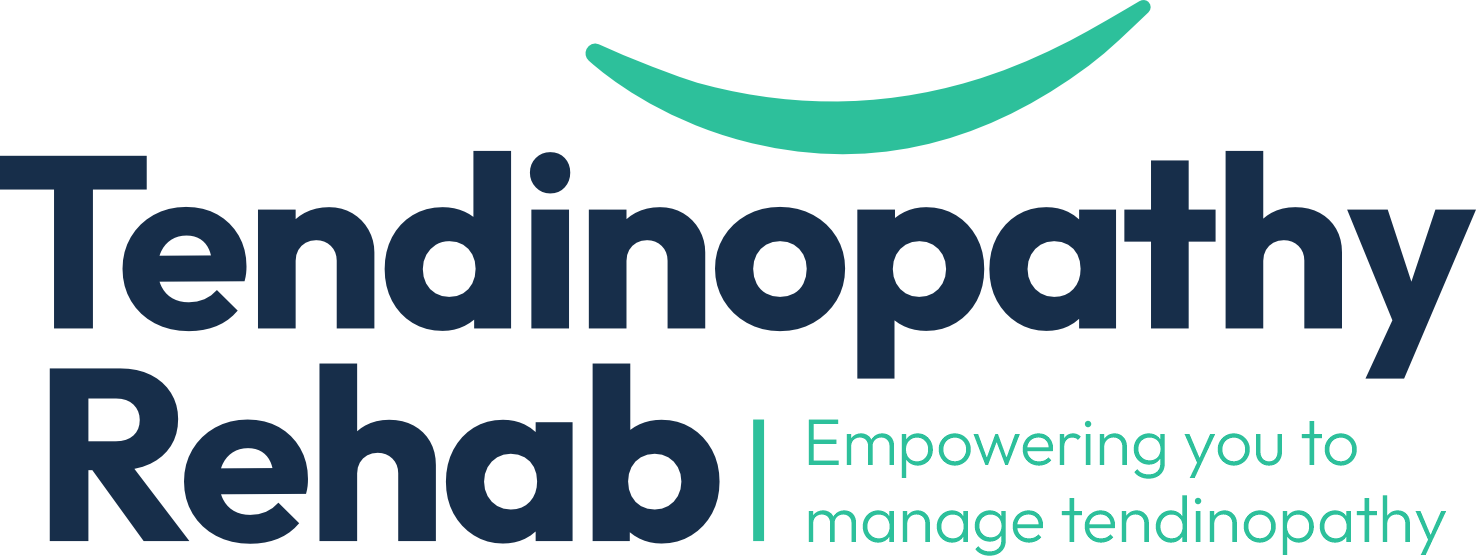Blogs and Talking Tendons podcasts from TendinopathyRehab

Connect with Prof Peter & the Team
Book a consultation
-
Visit Peter at our Richmond Clinic
-
Via a Telehealth session
-
132 Bridge Road, Richmond 3121, Melbourne Australia
Copyright © 2025 Tendinopathy Rehabilitation
